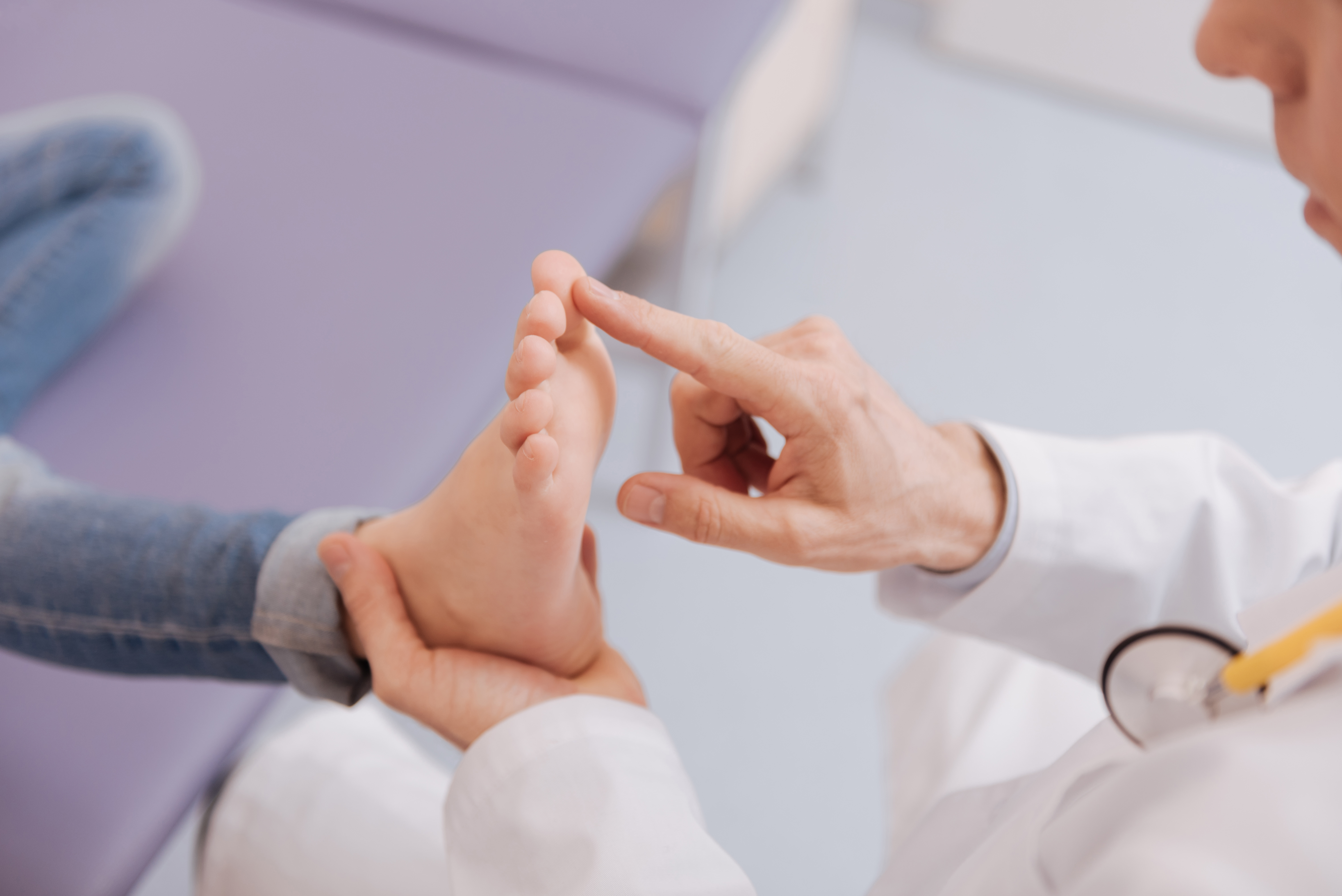DIAGNOSIS
A doctor will usually start with checking the clinical records and a physical exam. The medical history is a sequence of questions about someone’s conditions and an assessment of every other medical problem. The physical examination will include testing the joints which can be affected to determine how much movement a person has, how much ache one experiences with movement and a review of muscle strength.
Based on the medical history and physical examination, a medical doctor may recommend getting imaging studies to diagnose bone spurs. This usually starts with simple radiographs (X-rays). These are normally able to expose if bone spurs have formed and if the joint is affected. If there’s a question of viable tear of a tendon such as a rotator cuff tear, an MRI can be needed. An MRI or CT scan will also be required inside the spine to evaluate for viable nerve or spinal cord compression.
MEDICATIONS/TREATMENT
Treatment for bone spurs depends on the symptoms one is having. Pain is a common symptom and is regularly dealt with medications. Anti-inflammatory medications are usually used first. These help alleviate pain and lessen the inflammation due to the bone spurs.
A doctor can also recommend physiotherapy to improve bone spur symptoms. The physical therapy will not able to get rid of bone spurs, however it can help with some of the symptoms associated with them. If one has lack of motion in a joint due to bone spurs, physical remedy can help strengthen the encircling muscle tissue and increase the motion in the joints. Physical therapy can include ice packs, stretching sporting events, ultrasound treatments, or rubs.
In some patients, an injection of a steroid such as cortisone into the joint can lessen pain from bone spurs. These injections can regularly be done in a doctor’s office, on the joint involved. If the hips or backbone are affected, the injections generally are carried out using an X-ray machine to help guide the location of the injection.
Over-the-counter anti-inflammatory drugs may be used to treat pain. A medical doctor or physiotherapist can offer an affected person some simple stretching physical exercises to perform at home. Other home remedy for bone spurs is applying ice to the affected joint.


